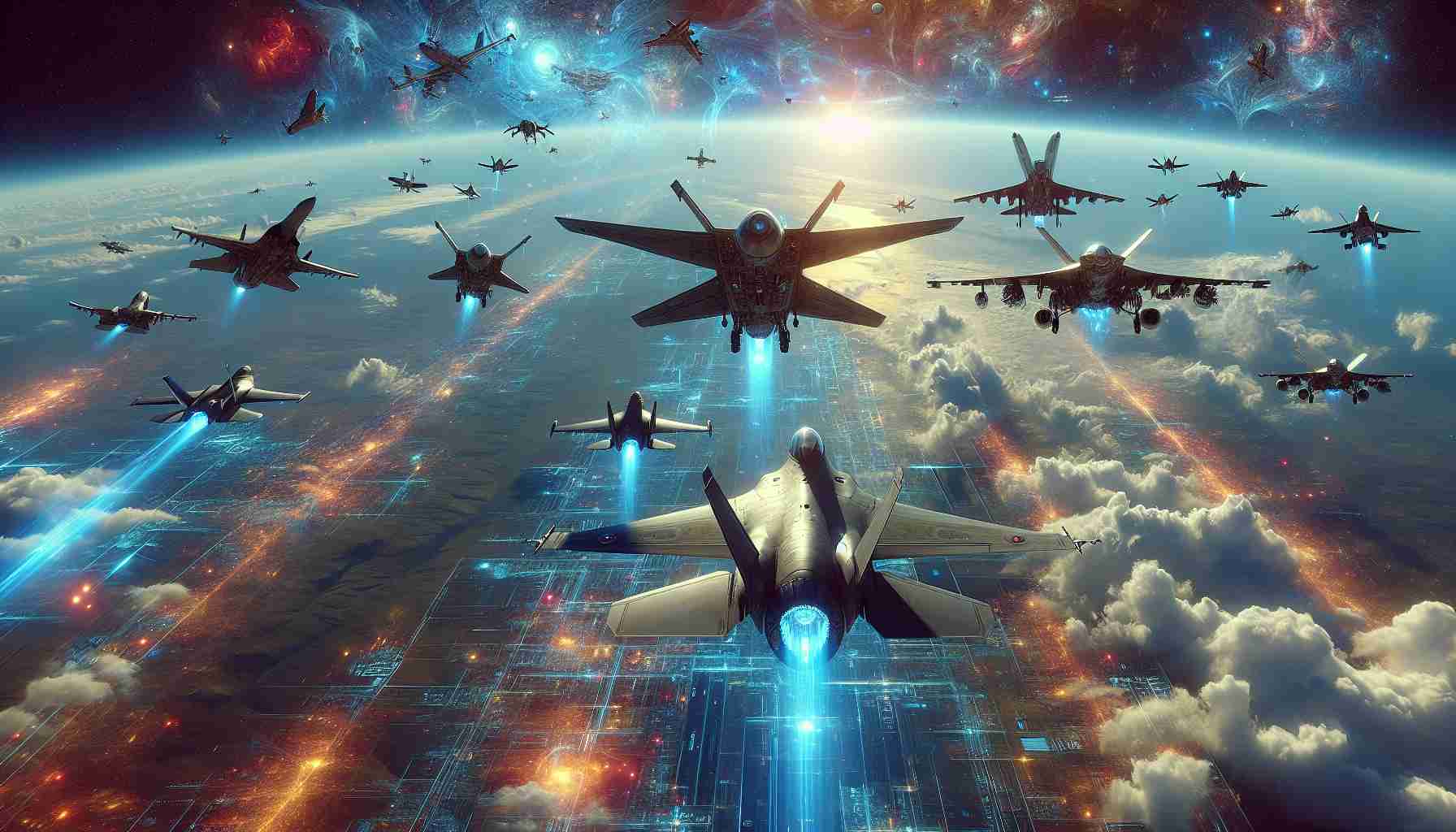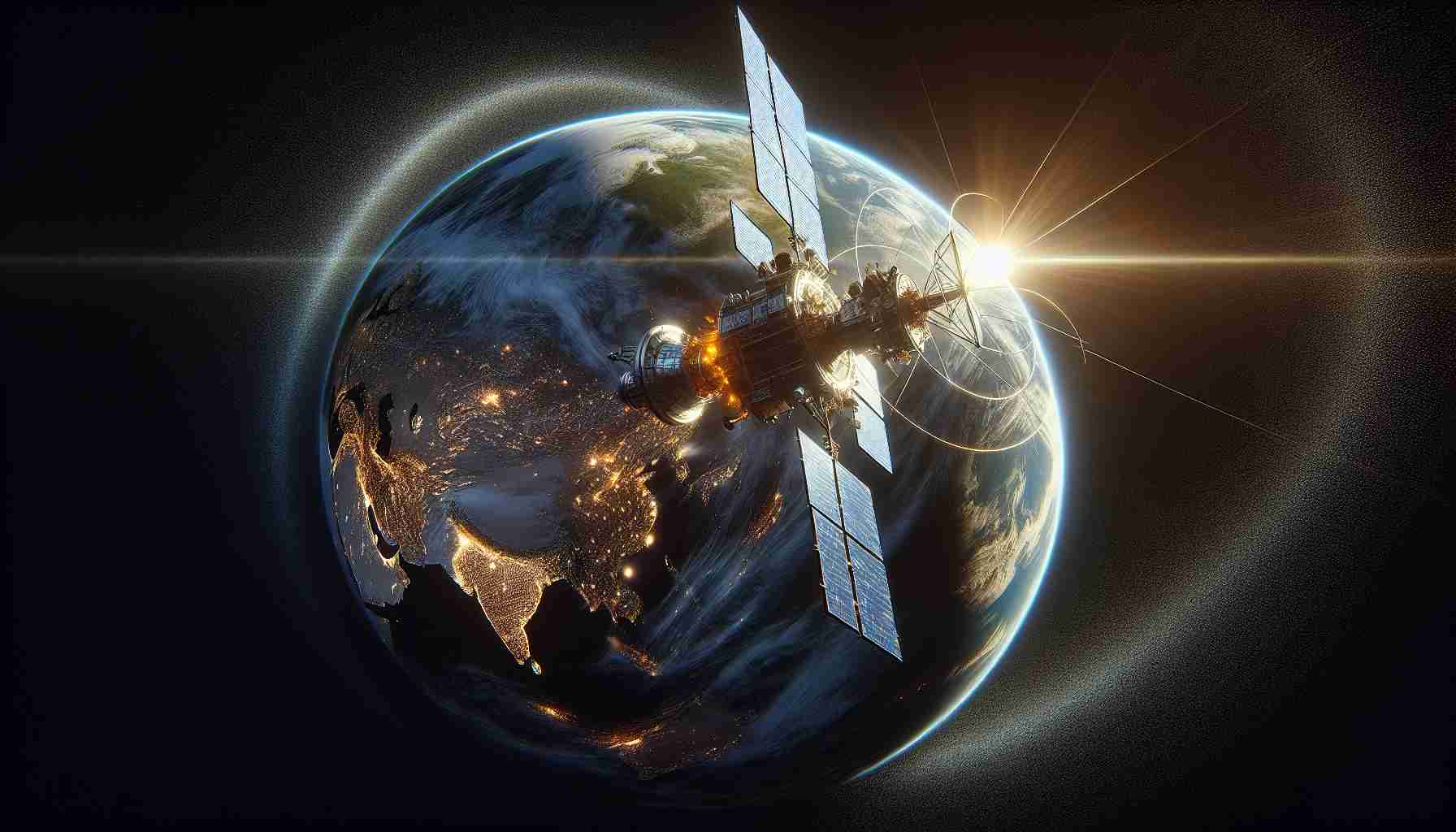North Korean pilots have made a rare journey to Russia, fueling speculation about their motivations and potential impacts. In September, elite pilots from North Korea visited Vladivostok, signaling a significant military collaboration between North Korea and Russia. This visit was followed by the arrival of North Korean ground troops and special forces in October, raising eyebrows across the globe.
Russia’s Need for Pilots
The Russian Air Force faces a critical shortage of pilots, a problem exacerbated by its military engagements in Ukraine. With NATO activities heightening tensions near Russia’s borders, the demand for skilled aviators has risen sharply. North Korean pilots, skilled in operating MiG-23ML, MiG-29, and Su-25 aircraft, appear poised to fill this gap.
The Strategic Gains
While North Korea’s fleet may not match the sophistication of Russian jets, ongoing upgrades to their avionics and weapon systems suggest a growing capability. Training in Russia would not only enhance North Korean pilots’ skills but could also facilitate the transfer of advanced aircraft to Pyongyang. This raises pressing questions about how Russia might navigate the UN arms embargo against North Korea.
A Potential Shift in Military Dynamics
If North Korea acquires Russian jets like the Su-35 or Su-57, it could revolutionize their air force capabilities, with possible participation in operations stretching from Korea to Ukraine. Such developments may push regional powers, including South Korea and Japan, to reassess their security postures.
Geopolitical Implications
This budding military alliance hints at shifting regional alignments, possibly affecting China’s influence over North Korea. As Pyongyang’s reliance on Russian military technology grows, East Asia’s strategic landscape could face significant shifts, influencing global security frameworks.
North Korea and Russia’s Unspoken Alliance: A Global Game Changer?
The unexpected visit of North Korean pilots to Russia is more than just a military collaboration; it is a potential game-changing alliance that could realign geopolitical forces in significant ways. Though media reports have focused on military exchanges, the broader implications for people and communities in the region— and beyond—could be profound.
Why the Bond Between Russia and North Korea Matters
Beyond military upgrades, the growing bond between Russia and North Korea is reshaping international alliances. Historically, North Korea has relied heavily on China for military and economic assistance. Russia’s entry into this circle presents an alternative power dynamic that could reduce Beijing’s leverage over Pyongyang. On the international stage, such realignments could impact negotiations around nuclear arms, with North Korea potentially gaining more bargaining power against the United States and its allies.
Potential Economic Impacts
With increased collaboration, there is speculation about economic partnerships that might arise. North Korea, struggling under international sanctions, could see relief through resources and technology shared by Russia. This raises ethical questions given the ongoing sanctions aimed at curbing North Korea’s nuclear ambitions.
How might this affect everyday life in North Korea? Increased economic collaborations could mean improved infrastructure and technological advancements, benefiting urban populations. However, the average citizen may see little benefit if resources are diverted to military endeavors.
Risks and Rewards for the Global Community
If North Korea gains access to advanced Russian jets, could it stimulate an arms race in the region? While this could bolster North Korea’s defensive capabilities, it might also heighten security concerns for neighboring countries like South Korea and Japan. They may feel pressured to ramp up their defense spending, leading to economic implications for these countries as well.
Are We Heading for a Multilateral Tension Escalation?
If North Korea acquires cutting-edge military technology, major Western powers could impose stricter sanctions on both Russia and North Korea. Could this push these nations closer together, further solidifying their alliance? Or might it backfire, exacerbating existing tensions in Asia and Europe?
Advantages and Disadvantages of This Emerging Alliance
Advantages:
1. Diversified Alliances: North Korea reduces its over-reliance on China, gaining room to maneuver diplomatically.
2. Technological Growth: Potential technological advancements could benefit North Korean military and perhaps civilian sectors.
3. Economic Relief: Russia could offer economic partnerships and resource exchanges beneficial to North Korea’s embargo-hit economy.
Disadvantages:
1. International Tensions: Such collaborations could reignite Cold War-era tensions between Russia, NATO, and their respective allies.
2. Arms Race: Neighbors under threat may bolster defenses, causing regional militarization.
3. Humanitarian Concerns: Potential human rights abuses and diversion of resources away from citizens’ welfare remain ethical concerns.
For a deeper understanding of the geopolitical landscape and regional defense strategies, check these resources:
– Brookings Institution
– The Heritage Foundation
The burgeoning relationship between North Korea and Russia is a pivotal point of concern and interest for political analysts worldwide. Its full impact remains to be seen, yet the stakes are undeniably high across various sectors from global security to economic collaborations. How this unfolds will surely be a topic of critical importance in international relations discourse.
The article has been updated: 2024-11-08 07:32
Here are some suggested related links:
1. Department of Defense – The official website of the U.S. Department of Defense, providing information on military strategy, defense policies, and updates on international relations.
2. StrategyPage – A defense and military news website that covers current military operations and strategic analyses, including air power developments in various regions.
3. CNBC – A leading business news network that provides coverage on global markets, including reports on military spending and technological advancements in defense sectors.
4. Reuters – A global news organization that covers a wide range of topics including international relations, defense strategies, and geopolitical issues affecting air power in Asia.
5. Foreign Affairs – A publication that offers insights on foreign policy and international relations, often featuring articles related to military alliances and air power dynamics.
6. Defense News – A news source that focuses on the defense industry and military affairs, covering developments in air power and regional security issues in Asia.
7. Hindu – An Indian newspaper that provides coverage on regional and international news, including geopolitical issues affecting air power in South Asia and beyond.
8. BBC News – A major global news service that covers current affairs, including military alliances and air power shifts in various regions, with in-depth reporting and analysis.
9. Politico – A news organization that focuses on politics and policy, including military and defense matters, often discussing the implications of alliances on air power.
10. Nikkei Asia – A news outlet that provides coverage of economic and political developments in Asia, including analysis on military capabilities and alliances that impact air power in the region.
The article has been updated: 2024-11-08 21:32
What factors are contributing to the shift in air power balance in Asia due to this secret alliance?
The shift in air power balance in Asia due to the secret alliance is influenced by several key factors. Firstly, the technological advancements in military aviation and the collaborative development of new aircraft and defense systems among the allied nations enhance their collective air capabilities. Secondly, the strategic geographic positioning of the allied countries allows for better deployment and operational flexibility in response to regional threats. Additionally, increased intelligence sharing and joint military exercises strengthen interoperability among allied forces, further augmenting their effectiveness in the air. Lastly, geopolitical tensions in the region, particularly related to the activities of nations such as China, drive these countries to forge stronger alliances to ensure air superiority and regional stability.






















